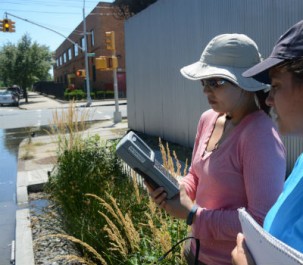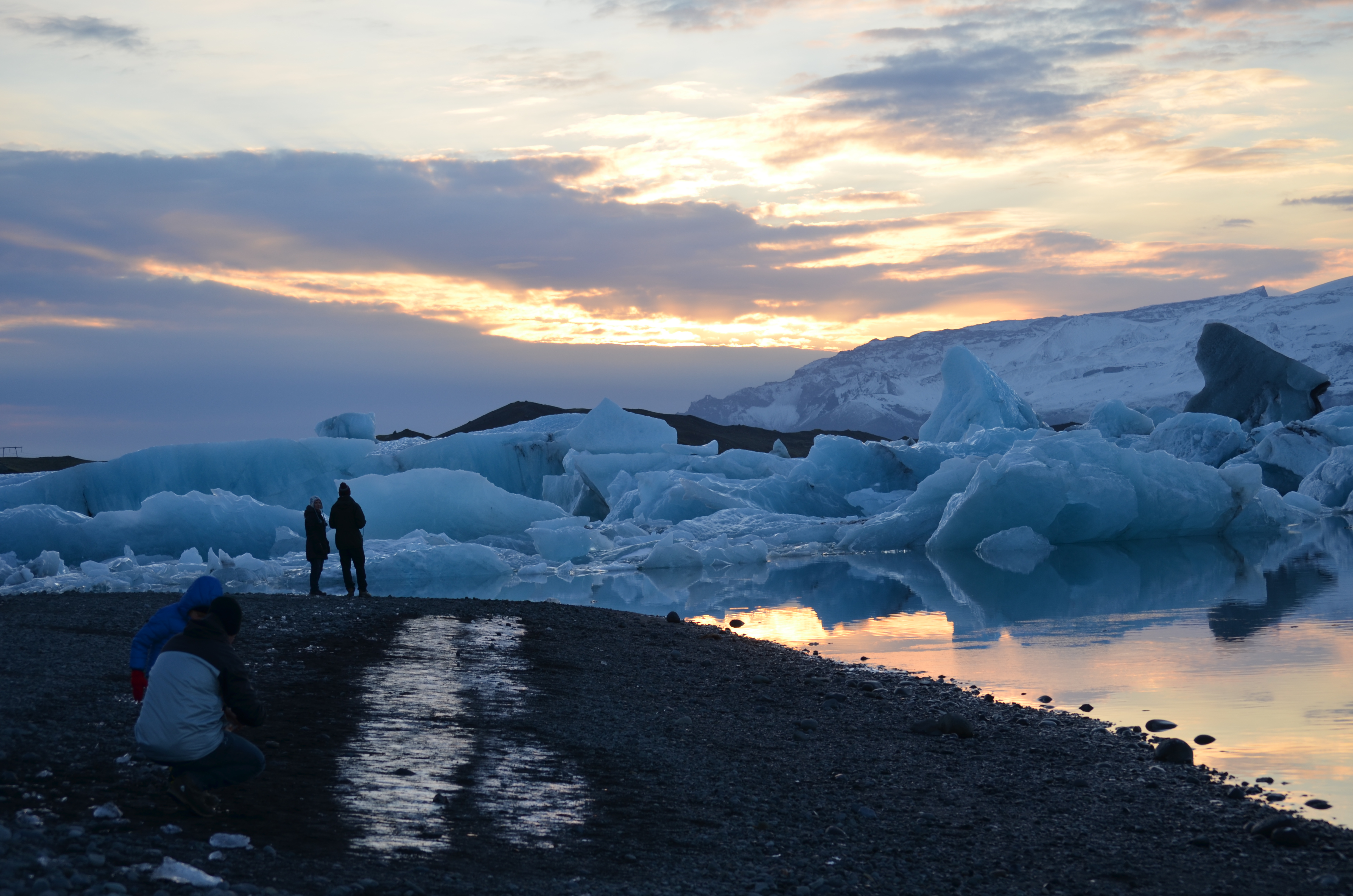Energy8
-

The Big City, Subdivided for Sustainability
Two-thirds of people on the planet will live in cities by 2050. But few cities are prepared for this population boom. An upcoming research project will explore new, localized models for urban infrastructure to make cities cleaner, healthier and more enjoyable places to live.
-
Hillary Clinton Is Right on Climate Change and the New York Times Is Wrong
I would argue that given human behavior and organizational inertia it is better to subsidize something new than tax something old. A subsidy, like a sale, sometimes stimulates changed behavior. But a tax may or may not influence behavior.
-

Where is Solar Power Headed?
To have a shot at curbing the worst impacts of climate change, we need to extricate our society from fossil fuels and ramp up our use of renewable energy. Where does solar energy stand today, and where does it need to go in order for us to make the transition to renewable energy?
-

Hospitalizations Increase Near Fracking Sites, Study Shows
People living in areas of Pennsylvania where hydraulic fracturing is booming are suffering increasing rates of hospitalization, a new study says. The study is one of a small but growing number suggesting that the practice could be affecting human health.
-

The Race for Better Batteries
The worldwide transition from fossil fuels to renewable sources of energy is under way, but to integrate all this variable power into the grid, battery storage is key. Researchers around the world are working on developing better and cheaper batteries.
-

Beijing Program to Tackle Energy, Environmental Issues
The Earth Institute is taking an extra step to contribute to China’s environmental future by sponsoring the first Beijing Week on Energy and Environment, a week-long program this summer for emerging leaders and professionals in the fields of energy and environment.
-

In a Melting Iceland, Drilling Deep to Stem Climate Change
Iceland is pioneering a new technology to deal with climate change. Its Hellisheidi geothermal power plant, the world’s largest, hosts arguably the world’s most advanced program to capture and lock away globe-warming carbon dioxide.
-

Photo Essay: Iceland at the Cutting Edge of Climate Change
Iceland has a complicated relationship with climate change. As in much of the far north, global warming is already exerting many effects here–arguably both good and bad. Yet the country contributes relatively little to the warming, since most of its energy comes from geothermal and hydro plants, which produce little carbon dioxide. Now, it is…
-

Lessons in Sustainability Policy
On April 7, 2015, the Earth Institute hosted a panel event and reception on ‘Sustainability Policy: Progress and Opportunity.’ Over 170 students, faculty, and local professionals gathered in Low Library to hear a panel of experts speak about sustainability and the role of government. Panelists discussed local-level policy, the role of metrics, and what the…

AGU25, the premier Earth and space science conference, takes place December 15-19, 2025 in New Orleans, Louisiana. This year’s theme—Where Science Connects Us—puts in focus how science depends on connection, from the lab to the field to the ballot box. Once again, Lamont-Doherty Earth Observatory and Columbia Climate School scientists, experts, students, and educators are playing an active role, sharing our research and helping shape the future of our planet. #AGU25 Learn More
